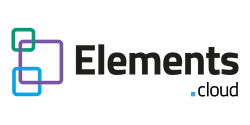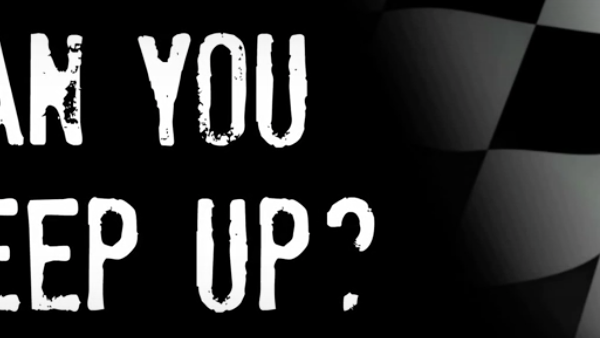
[READ TIME: 5 mins]
The starting point
A client asked me to work with them to review their process for Customer Success. They sent me their 6 page Powerpoint deck with their process documented and it was pretty good. For client confidentiality I have “sanitized” the BEFORE and AFTER process diagrams.
BEFORE: Below is the sanitized process that I was sent. I am sure many of you recognize processes like this.

But what was really good was that for each step they had a supporting slide that set out:
- Step name
- Objective
- Resources and the Responsible Resource
- Key discussion areas within the process
- Deliverables from the step
- Internal Gaps i.e. unresolved process issues
GOOD but not GREAT
So to help them improve their process, I asked some simple questions. Each question made the team pause and REALLY think about their process. The map became more specific, gave it more clarity and more operational or action oriented.
1. What is the audience and scope for the map?
- Purpose: Is the map just to set the strategy or it is going into enough detail to be used as an operational document to align customers and staff?
- Audience: Is it for purely internal use or will you share it with Customer?
- Level of detail: What is background of the staff have, as this determines the level of detail?
- Start & finish: When does it start; lead on website, qualified opportunity or signed contract? And when does it finish? What about each activity?
2. How can you describe each step so it starts with a verb?
How much more powerful and clearer are the descriptions.
- Buy … became Understand success prerequisites
- Workshop … became Establish exec alignment
- Educate … became Educate and prototype
- Build… became Build product
- Growth … became Drive joint success
3. Who is responsible for the ongoing improvement of the process step?
This is different from the list of resources involved in delivering the process step. But it is more specific that simply saying the VP Customer Success owns the overall process.
An operational process map OR a marketing process chart. Decide..
Many “process maps” are really strategic or marketing. They get everyone aligned at a high level. A simple emotive graphic, but they are not operational. Operational means that there is enough detail and there are links to supporting information, so that end users can use them to direct their work when they are new, need to remind themselves, or the process has changed.
If you want to develop an operational map you have 3 approaches:
- A HUGE single level diagram with every activity that fills the wall of a conference room; often the only people who understand it are those who created it; it is impossible to share; it cannot be used by end users.
- A high level diagram which references a series of other diagrams or written procedures; managing the network of diagrams becomes impossible over time; difficult to navigate and keep the diagrams in sync, few of us are prepared to read a 50, 10 or even a 2 page written procedure
- A hierarchical process map; the hierarchy of process diagrams where supporting information (video, links to apps, screenshots, documents and notes) is attached so it can be accessed in a process context.
Clearly, in this digital age, the 3rd option is the best approach, with added requirement that the map and supporting information is available in the cloud, accessible on mobile devices, with security and collaboration.
Hierarchical process maps
This approach is not new. It has been proven to drive astonishing results in companies of every size – from the largest Fortune 500 to startups – in every industry over the last 20 years.
The aim is to make this the simplest and easiest way for anyone, no matter what level or background, to be able to understand the process with no formal training. So the principles of hierarchical process maps are:
- each diagram is easy enough to understand on a single page/screen
- fewer than 10 activity boxes on a diagram
- simple notation; no palette of different flowchart or BPMN shapes
- no swimlanes as these can constrain the natural layout of activities
- activities have ‘resources’ attached, negating need for swimlanes
- any activity has links to supporting information (video, links to apps, screenshots, documents and notes)
- any activity can ‘drill down” to next level diagram
This approach has been called “UPN – universal process notation” and documented by TIBCO Nimbus. As it sounds – it is universal – so you are not forced to use the TIBCO Nimbus tool.
There are dedicated process tools out there. Gartner had a BPA Magic Quadrant but the tools used to be so expensive only the Fortune500 could afford them. What is new is that tools like Q9 Elements are now available free. Not just for a trial, but forever, for everyone.
What does GREAT look like
Think about where we started (BEFORE), and then look at the top level diagram (AFTER) that was developed from the original process chart, by asking 3 simple questions and using a hierarchical process mapping approach.
BEFORE

AFTER




